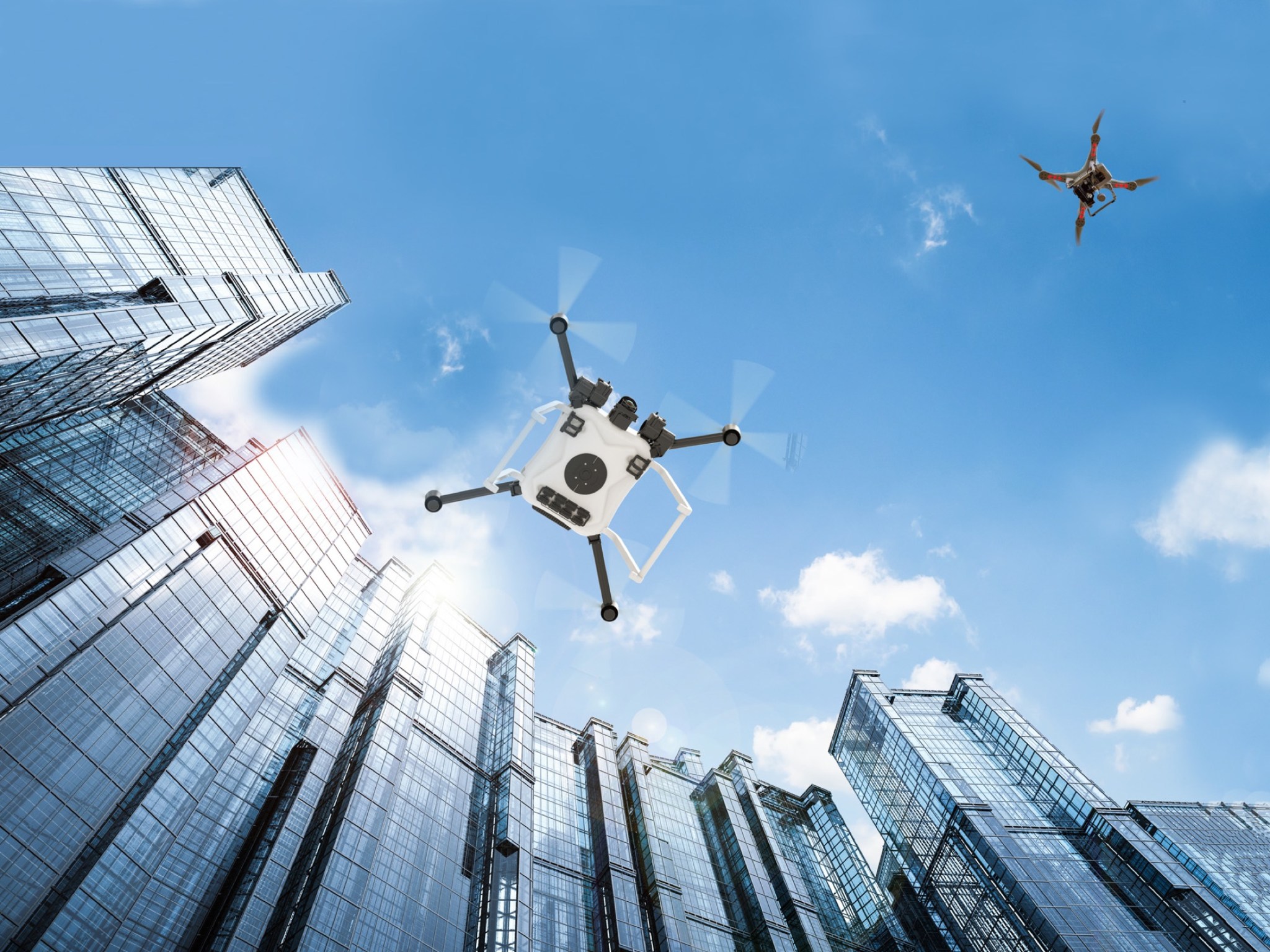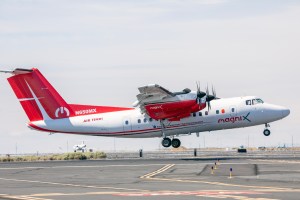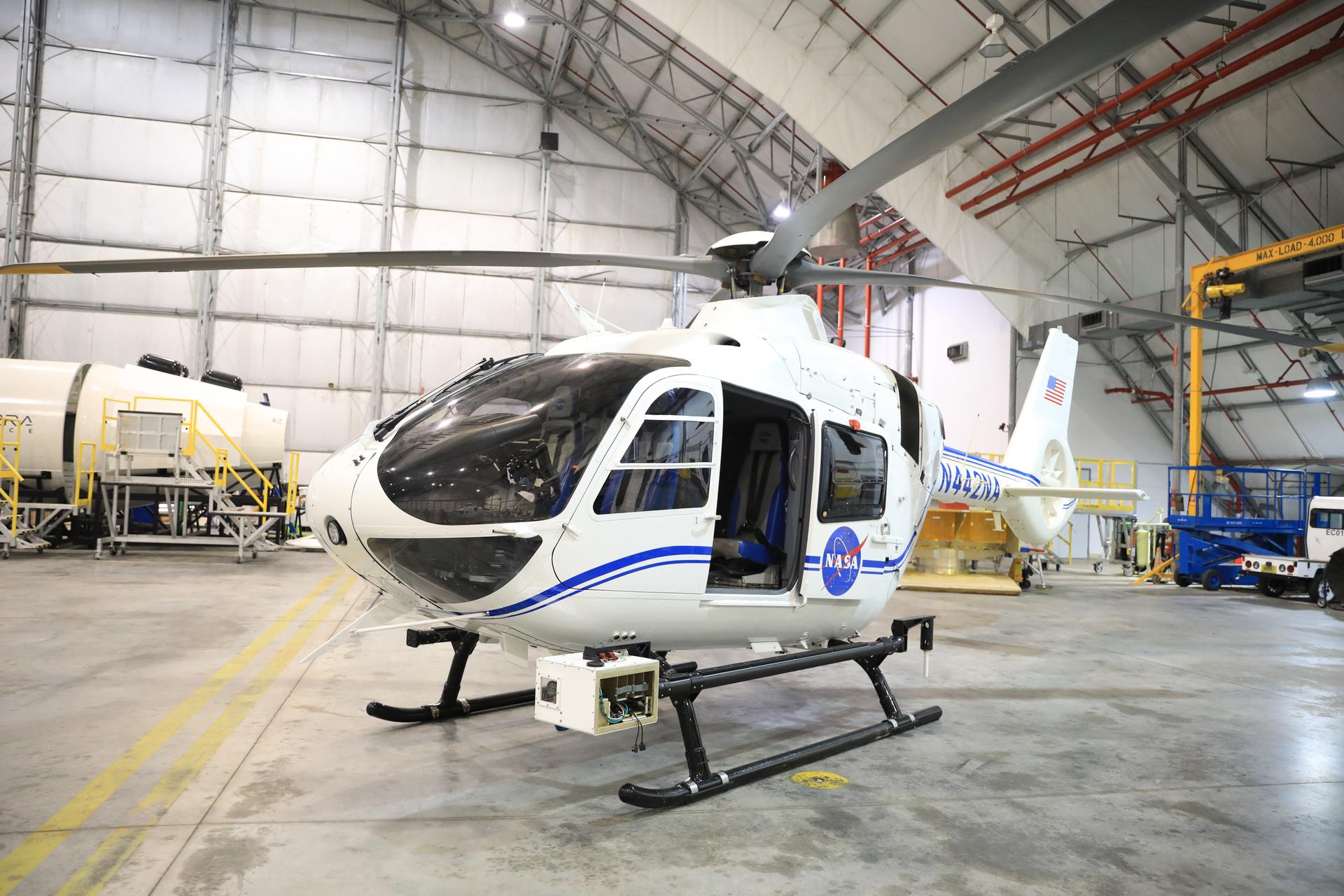4 min read
Preparations for Next Moonwalk Simulations Underway (and Underwater)
As the aviation industry evolves, new air vehicles and operators are entering the airspace. NASA is working to ensure these new diverse set of operations can be safely integrated into the current airspace. The agency is researching how traditional and emerging aircraft operations can efficiently operate in a shared airspace.
NASA’s Air Traffic Management-eXploration (ATM-X) project is a holistic approach to advancing a digital aviation ecosystem through research, development and testing. To accommodate the growing complexity and scale of new operations in Advanced Air Mobility (AAM), ATM-X leverages technologies that contribute to transforming the national airspace, improving airspace access, and making operations safer and more efficient for all users.
ATM-X fosters access to data by enhancing the availability of digital information and predictive services – including flight traffic predictions – for airspace operations.
ATM-X works closely with the Federal Aviation Administration (FAA), commercial partners, industry experts, and stakeholders in evaluating the sustainable impacts of emerging mobility solutions. ATM-X is conducting research to augment current key stakeholders that enable safe operations today such as pilots and air traffic controllers. Through these cooperations, ATM-X researches and validates technological advances in computing, communications, and increasingly automated technologies to support the continued evolution of aviation operations.
ATM-X supports the modernization of today’s air transportation system through a diverse portfolio of core capabilities, which include remotely supervised missions up through high-altitude operations. The four research subprojects under ATM-X work collaboratively to enable a robust transformation of the National Airspace System (NAS).
Unmanned Aircraft System Traffic Management Beyond-Visual-Line-of Sight (UTM-BVLOS)
UTM BVLOS is supporting the future of aviation by operationalizing UTM for safe use of drones in our everyday lives. UTM BVLOS is part of a new traffic management paradigm called Extensible Traffic Management (xTM) that will use digital information exchange, cooperative operating practices, and automation to provide air traffic management for remotely piloted operations for small UAS beyond an operator’s visual line of sight. This project focuses on enabling operations in a low- altitude airspace, including drone package delivery and public safety operations.
As the FAA works to authorize these types of flights, NASA’s UTM BVLOS team is working with industry to ensure these operations can be routine, safe, and efficient. One such effort is the industry-driven “Key Site Operational Evaluation” out of North Texas, where UTM BVLOS is helping to test UTM tools and services in an operational context.
Digital Information Platform (DIP)
DIP is focused on increasing access to digital information to enable increasingly sustainable and efficient operations for today and future airspace systems. DIP is prototyping a digital service-oriented framework that uses machine learning to provide information, including traffic predictions, weather information, and in-time flight trajectory updates. DIP tests and validates key services for end-to-end trajectory planning and surface operations.
DIP is engaging with the FAA, industry, flight operators, and relevant stakeholders, in a series of Sustainable Flight National Partnership – Operations demonstrations to support the United States Climate Action Plan objective of net-zero emissions by 2050. Through these types of collaborations, DIP tests and validates key services and capabilities for end-to-end trajectory planning and surface operations.
Pathfinding for Airspace with Autonomous Vehicles (PAAV)
PAAV is focused on enabling remotely piloted operations in today’s airspace, which includes assessing increasingly automated capabilities to allow safe operations across all phases of flight.
PAAV is working with key stakeholders, including the FAA, industry standards organizations, and industry partners to develop an ecosystem which helps validate standards, concepts, procedures, and technology. This research will help test and validate a broad range of tools and services that could provide critical information and functions necessary for remotely piloted operations at lower complexity airspace shared with conventional aircrafts. This includes ground-based surveillance to detect and avoid hazards, command and control communications, and relevant weather information, which is critical for safe, seamless, and scalable UAS cargo operations.
NAS Exploratory Concepts & Technologies (NExCT)
Advancements in aircraft design, power, and propulsion systems are enabling high-altitude long-endurance vehicles, such as balloons, airships, and solar aircraft to operate at altitudes of 60,000 feet and above. This airspace is referred to as “Upper Class E” airspace in the United States, or ETM. These advancements open doors to benefits ranging from increased internet coverage, improved disaster response, expanded scientific missions, to even supersonic flight. To accommodate and foster this growth, NExCT is developing a new traffic management concept in this airspace.
NExCT is working with the FAA and industry partners to extend a new concept for safely integrating and scaling air traffic across UTM, UAM, and ETM, collectively referenced as the Extensible Traffic Management domain. Together, this research project will enable, test, and validate a common Extensible Traffic Management framework that is efficient and safe.
from NASA https://ift.tt/YUhMbnC











No comments:
Post a Comment